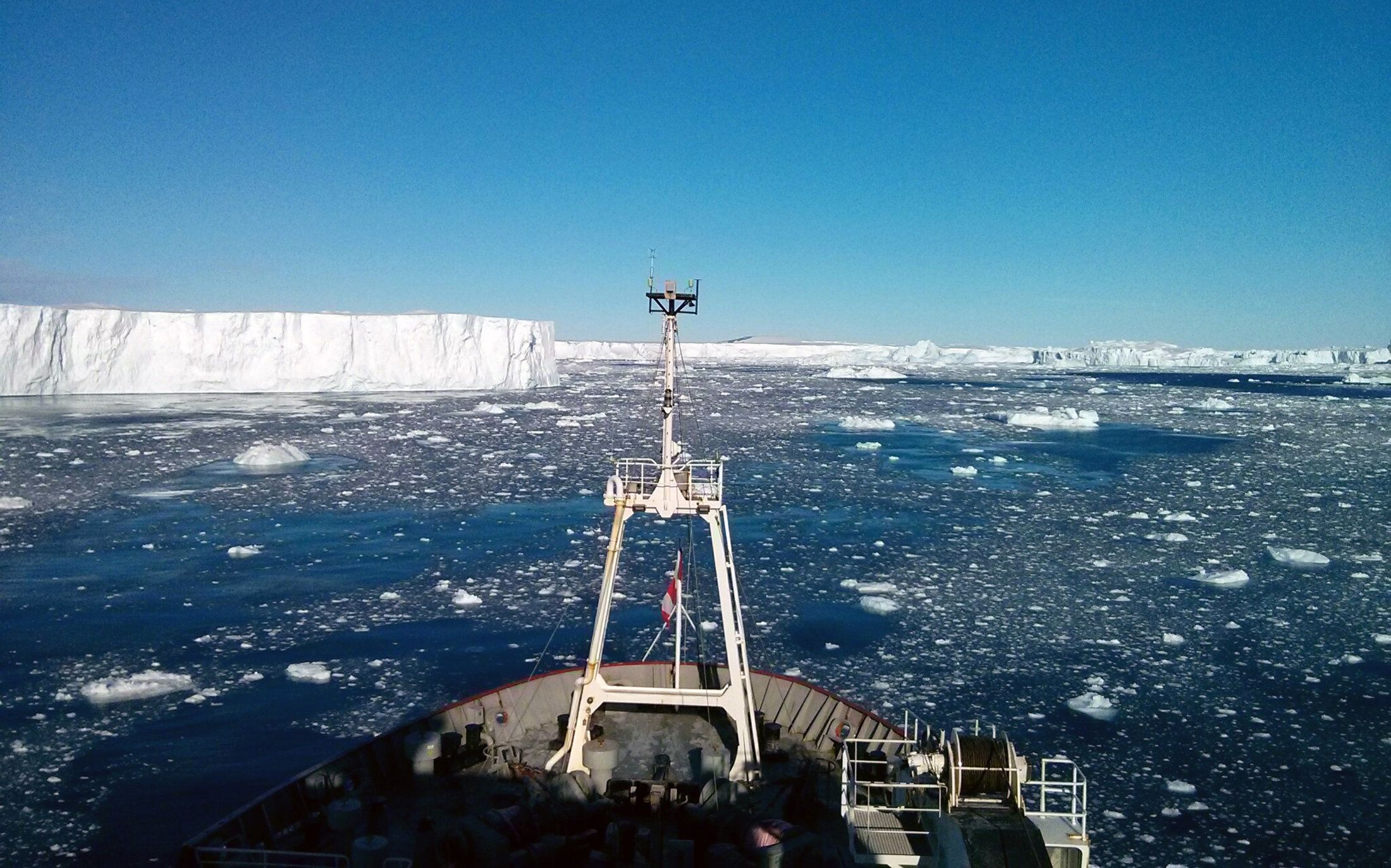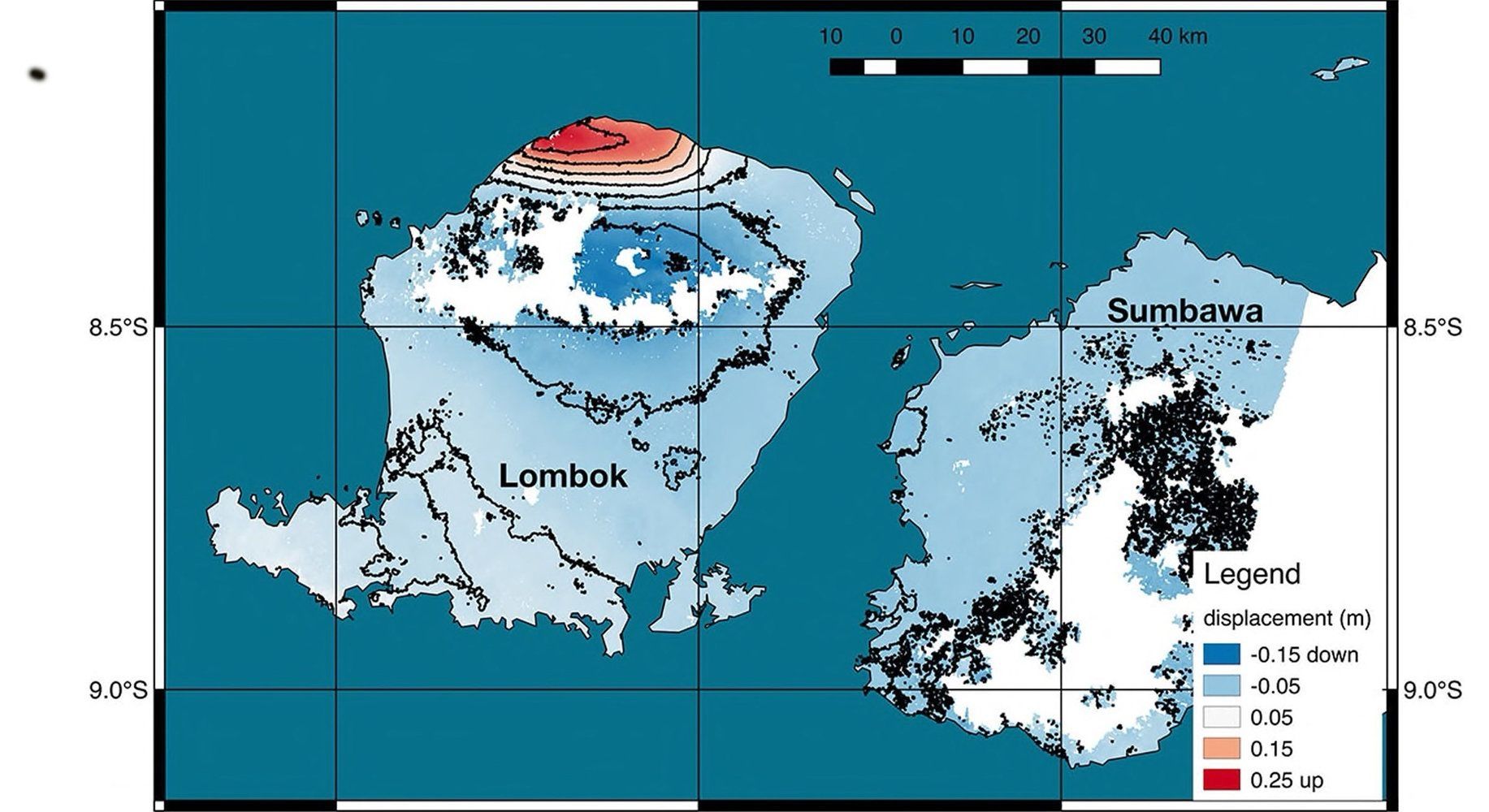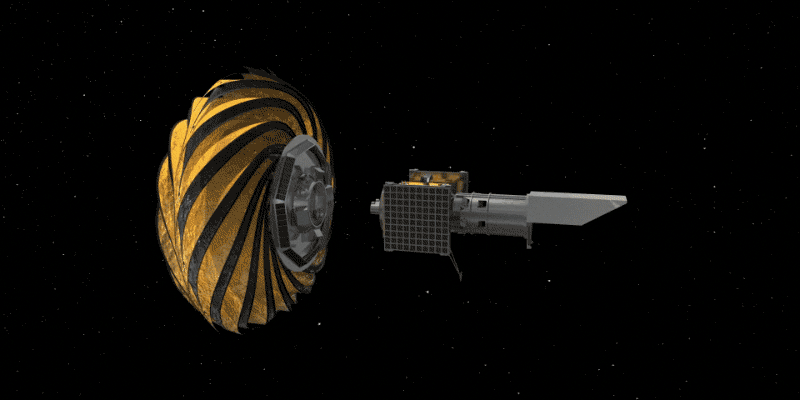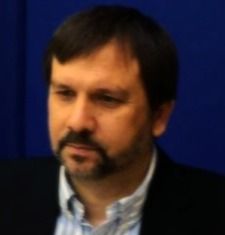Your unique
Get the latest international news and world events from around the world.
Steven A: Garan from UC Berkeley gave this future-focused talk at the recent Ending Age-Related Diseases 2018 conference in NYC
To learn more about the conference and see more talks like this please visit us at: https://www.leafscience.org/ending-age-related-diseases-2018/

Researchers discover volcanic heat source under major Antarctic glacier
A researcher from the University of Rhode Island’s Graduate School of Oceanography and five other scientists have discovered an active volcanic heat source beneath the Pine Island Glacier in Antarctica.
The discovery and other findings, which are critical to understanding the stability of the West Antarctic Ice Sheet, of which the Pine Island Glacier is a part, are published in the paper, “Evidence of an active volcanic heat source beneath the Pine Island Glacier,” in the latest edition of Nature Communications.
Assistant Professor Brice Loose of Newport, a chemical oceanographer at GSO and the lead author, said the paper is based on research conducted during a major expedition in 2014 to Antarctica led by scientists from the United Kingdom. They worked aboard an icebreaker, the RRS James Clark Ross, from January to March, Antarctica’s summer.

Indonesian Island Lifted 10 Inches
Using satellite images of Lombok from the days following the Aug. 5 quake, scientists from NASA and the California Institute of Technology’s joint rapid imaging project made a ground deformation map and measured changes in the island’s surface.
In the northwest of the island near the epicenter, the rupturing faultline lifted the earth by a quarter of a meter. In other places it dropped by 5–15 centimeters (2−6 inches).
NASA said satellite observations can help authorities respond to earthquakes and other natural or manmade disasters.



The LEAF Advisory Board Expands
As our organization grows and we are doing more and more things, there is an ever greater need for specialist knowledge and guidance to help inform our decisions as a company. We rely on the advice and expertize of both our scientific and business advisors and we have added to them this week with two new experts joining us.
 We are delighted to announce that Steven A. Garan has joined our scientific advisory board. Steven is the Director of Bioinformatics at the Center for Research & Education on Aging (CREA) and serves on its advisory board, and he is a researcher at the Lawrence Berkeley National Laboratory. While at the University of California, Berkeley, he played a major role in the invention and the development of the Automated Imaging Microscope System (AIMS), and he collaborated for many years with a group from Paola S. Timiras’ lab, researching the role that caloric restriction plays in maintaining estrogen receptor-alpha and IGH-1 receptor immunoreactivity in various nuclei of the mouse hypothalamus.
We are delighted to announce that Steven A. Garan has joined our scientific advisory board. Steven is the Director of Bioinformatics at the Center for Research & Education on Aging (CREA) and serves on its advisory board, and he is a researcher at the Lawrence Berkeley National Laboratory. While at the University of California, Berkeley, he played a major role in the invention and the development of the Automated Imaging Microscope System (AIMS), and he collaborated for many years with a group from Paola S. Timiras’ lab, researching the role that caloric restriction plays in maintaining estrogen receptor-alpha and IGH-1 receptor immunoreactivity in various nuclei of the mouse hypothalamus.
Steven was also the director of the Aging Research Center and is a leading scientist in the field of aging research. His numerous publications include articles on systems biology, the effects of caloric restriction on the mouse hypothalamus, and the AIMS. He is best known for coining the word “Phenomics”, which was defined in “Phenomics: a new direction for the study of neuroendocrine aging”, an abstract published in the journal Experimental Gerontology.
How the Universe Works: Quasars
The brightest objects in space are powered by the darkest. #foodforthought

Mitochondria-targeted hydrogen sulfide attenuates endothelial senescence
Aging (Albany NY). 2018 Jul 19;10:1666–1681. doi: 10.18632/aging.101500.
Latorre E, Torregrossa R, Wood ME, Whiteman M, Harries LW.
1University of Exeter Medical School, University of Exeter, UK.2College of Life and Environmental Sciences, University of Exeter, UK.